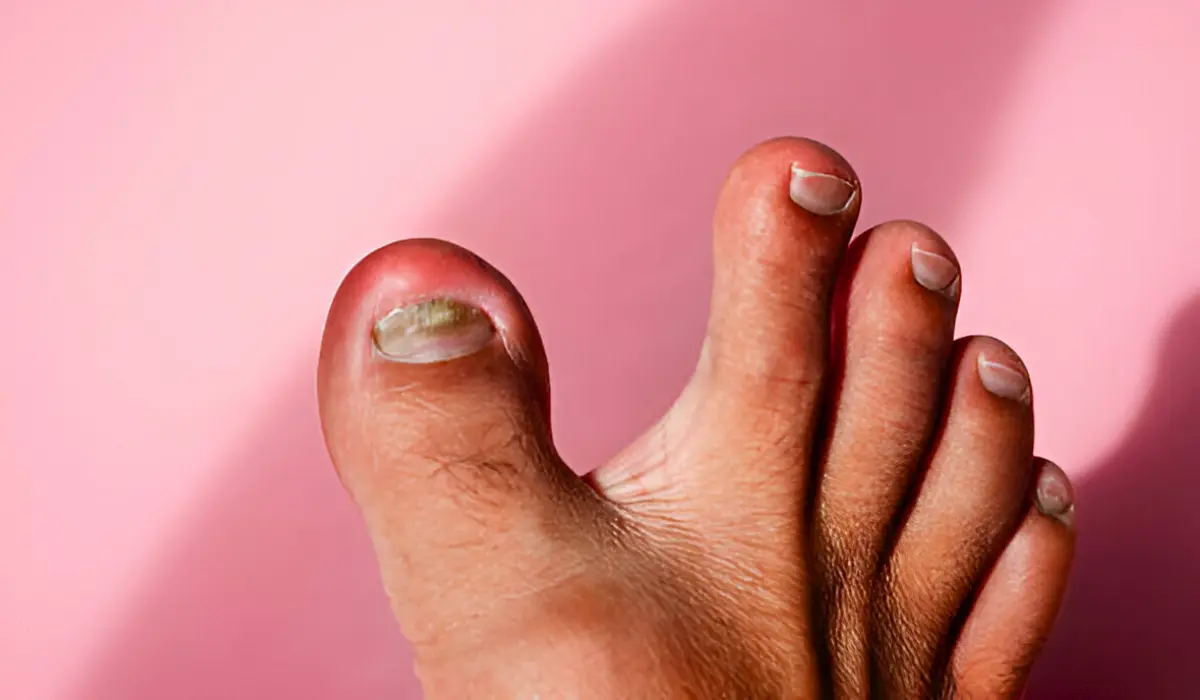Ingrown hairs aren’t pretty and they aren’t pleasant to have. What they are is extremely common, though some people are more prone to them than others. Read on to find out what exactly ingrown hairs are, what causes them, and how you can stop them before they even start.
What is an Ingrown Hair?
Ingrown hairs are usually the result of the hair being cut, or broken off, bluntly, although distorted follicles can also cause ingrowns. As the hair grows back, it may come in on more of an angle than normal, causing it to miss the opening of the follicle, curl back around and start to grow back into the skin. This leads to infection, which is the source of the papules (those raised red spots) that commonly occur when hairs become ingrown.
Ingrown hairs usually resemble acne and are characterized by raised, red bumps and occasionally pustules, or whiteheads. The two are actually very similar. As the hair grows under the skin, it blocks the pore and allows bacteria to grow, essentially creating a pimple.
Causes of Ingrown Hair
Causes of ingrown hair include:
- Oil stuck in the hair follicles
- Dry skin
- Coarse, curly, or stiff hair
- Shaving too close, or shaving against the direction of hair growth
- Any kind of hair removal, including waxing, electrolysis, shaving and tweezing.
Hair Removal Methods
Depending on your skin and hair types, certain hair removal methods will probably cause more ingrown hairs than others. It’s best to experiment with different types of hair removal, to see which ones work for you. Here’s a general guideline:
- Shaving bluntly cuts the hair, usually at or just below the surface of the skin. This is the hair removal method most likely to cause ingrowns.
- Tweezing involves pulling the hair out at the root. In some people this can cause the hair follicle to become distorted. This could result in the hair growing in at an improper angle, leading to ingrown hairs.
- Waxing also involves pulling the hair out at the root, and can also cause distorted follicles. However, many people report experiencing fewer ingrowns with waxing than they do with shaving.
- Sugaring is similar to waxing, however, there is a higher risk of the hair breaking off when sugaring, so this might raise the risk of ingrowns for sugaring over wax.
- Depilatories use a chemical to dissolve the hair, just below the surface of the skin. Because the hair is dissolved instead of cut or broken off, there is less chance that ingrowns will develop after depilatory use.
- Electrolysis is done by sliding a thin metal probe into the hair follicle, and then sending a mild electronic current into the probe. The electricity is supposed to kill the hair. This method has varying success, but is intended to stop the hair growth altogether, which, if successful, will eliminate ingrown hairs.
- Laser Hair Removal uses laser light to destroy the hair follicles, preventing re-growth. If this procedure is successful, ingrown hairs will be eliminated.
Prevention
The best way to prevent ingrown hairs is to stop removing your hair ‘ but who are we kidding, most of us are never going to embrace the au naturel look. Here are some tips to help keep the ingrowns at bay:
- Allow your hair to grow longer before removal
- Exfoliate you skin often, directly after removing the hair and in between hair removals.
- Shave with the grain of the hair, not against it.
- Keep your skin well moisturized, using a moisturizer that won’t block your pores.
- Keep your skin as clean as possible, make sure to wash the areas where you’re prone to ingrowns after sweating or exercising.
- Try different hair removal techniques to find one that works for your skin type without causing ingrown hairs.
Treatments
If you’ve got ingrown hairs, chances are you’d like to get rid of them as soon as possible. Here’s some helpful hints:
- Wear loose fitting clothing until the ingrowns heal.
- Do not exfoliate while you have ingrown hairs.
- Try applying a hot compress to the affected area, 3 times a day, until it heals.
- DO NOT try to dig out the hair yourself ‘ this could cause an infection.


